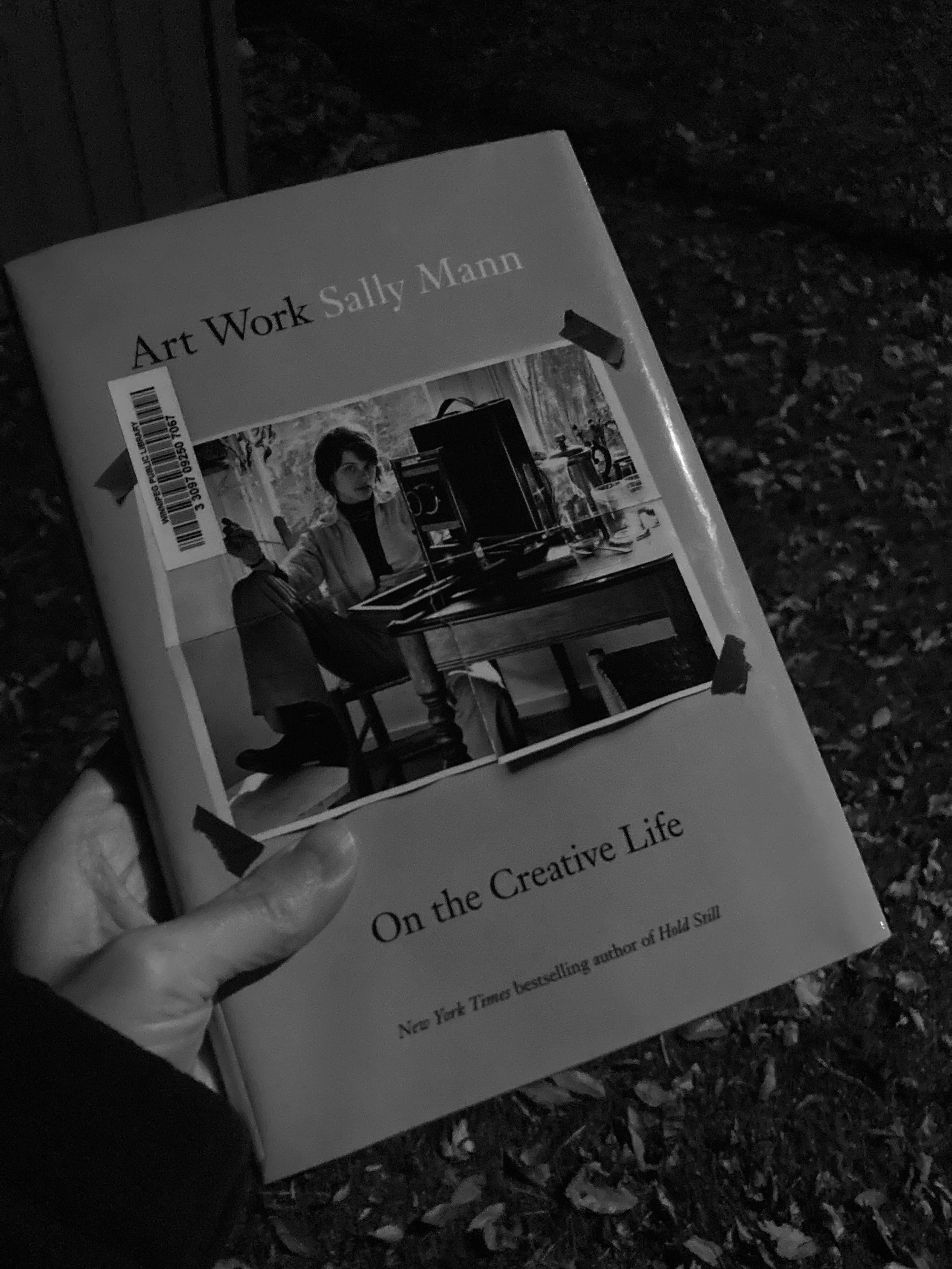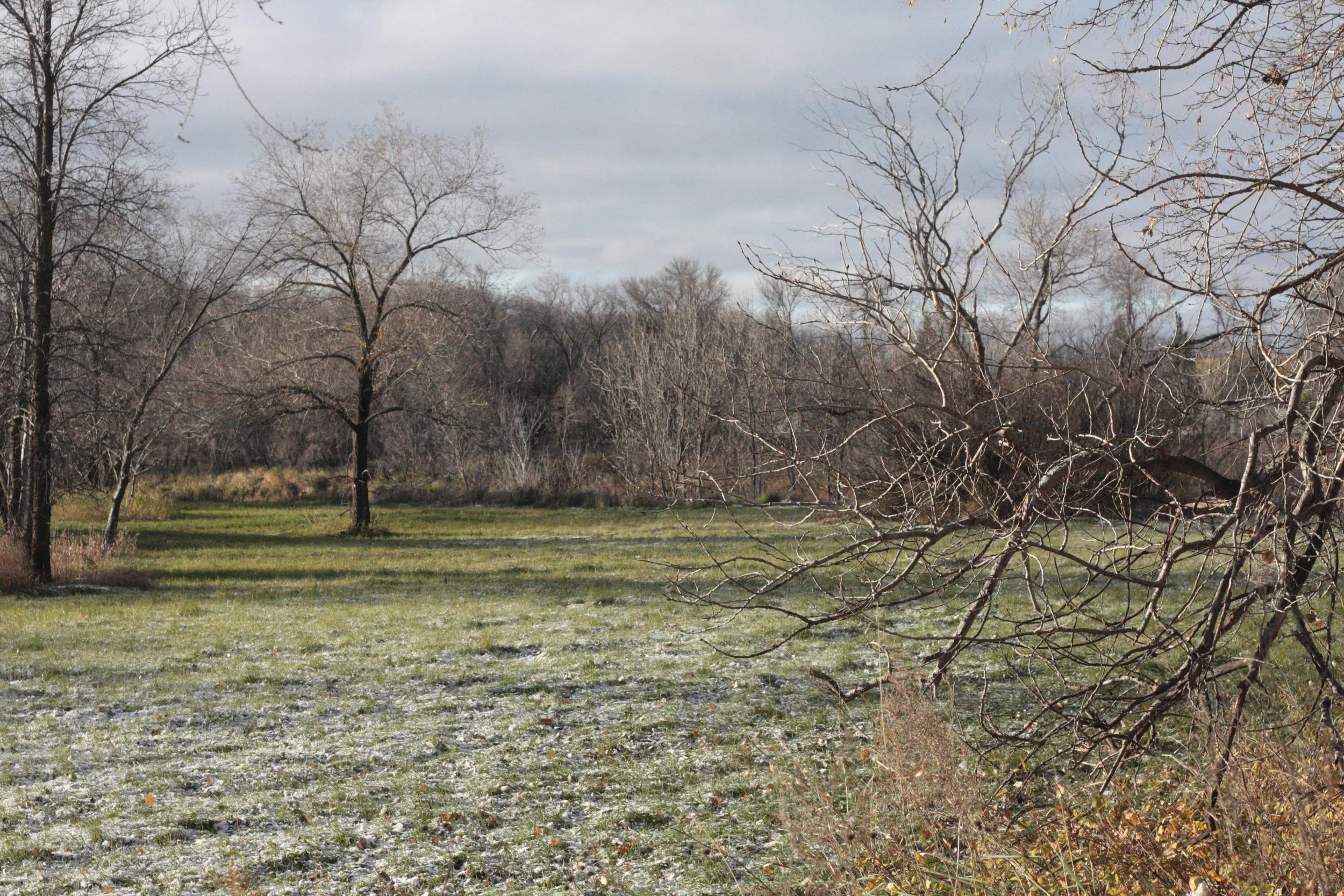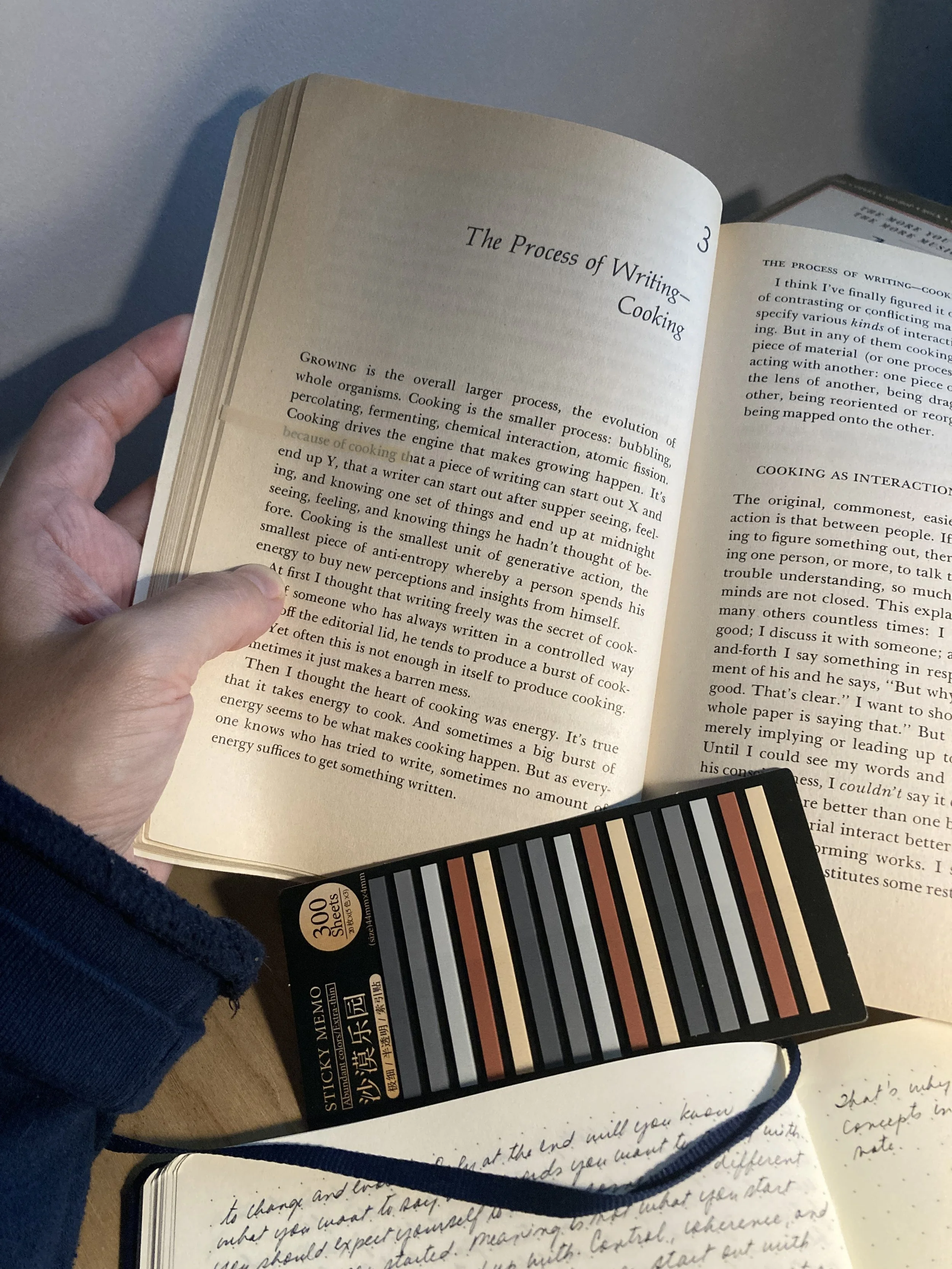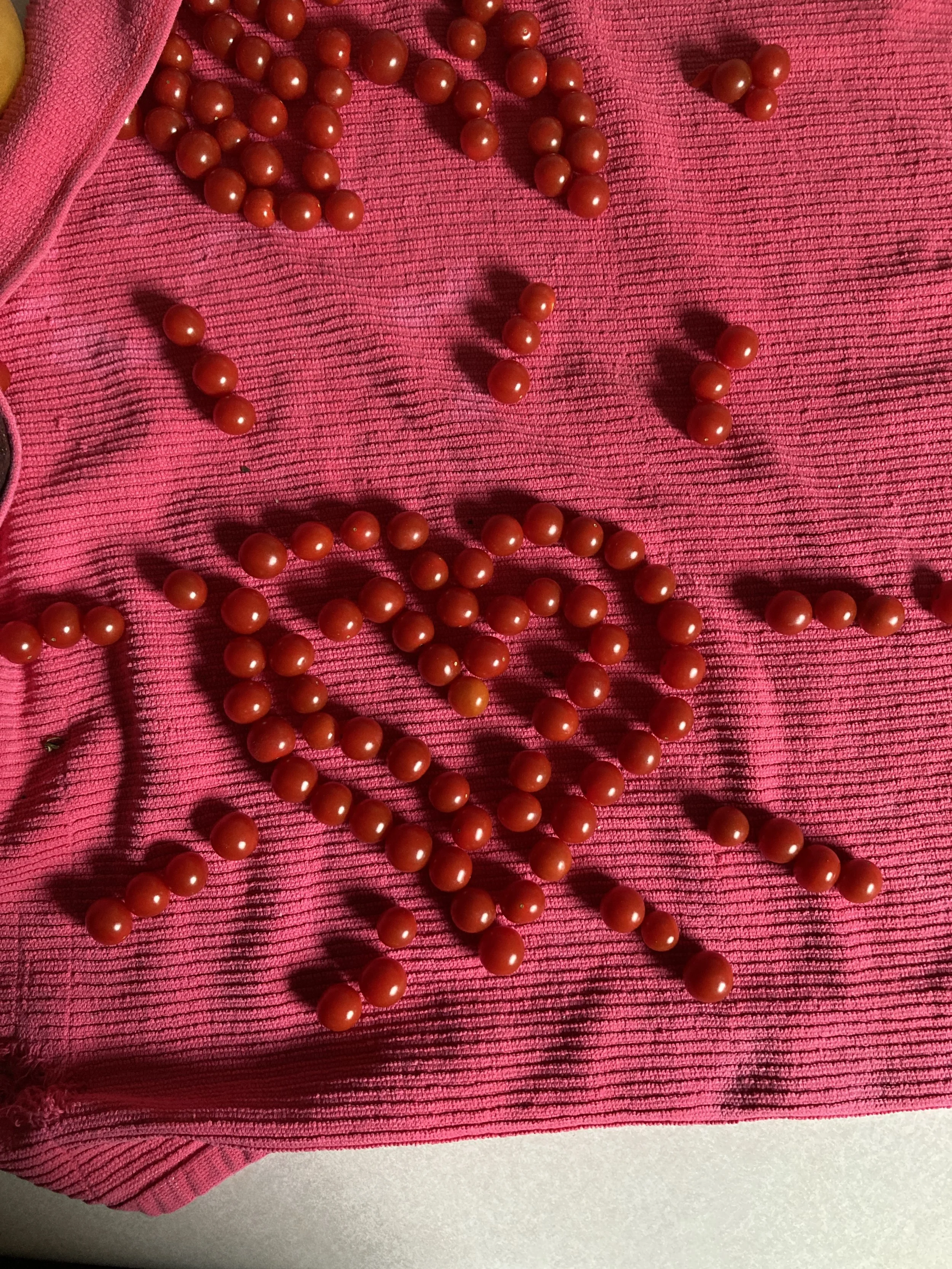Death by execution
I finished reading A Place of Greater Safety this week and transcribed a dozen passages. The book is very long, and having to edit my own thesis makes me reflect on how much of a labour it must have been for Mantel to edit some 800 pages. Nonetheless, there are two lengthier quotes I really liked on the subject of the guillotine. Mantel neatly describes the first execution in 1762 for which the guillotine is used:
April 25, 1762 - Scientific and Democratic Execution of Nicolas-Jacques Pelletier, highway robber.
There are bigger crowds than for any ordinary execution, and an air of anticipation. The executioners, of course, have been practising with dummies; they look quite buoyant, and they are nodding to each other, putting each other on their honour not to make a blunder. Yet there’s nothing to fear, the machine does everything. It is mounted on a scaffold, a big frame with a heavy blade. The criminal ascends with his guards. He is not to suffer, because in France the age of barbarism is over, superseded by a machine, approved by a committee.
Moving quickly, the executioners surround the man, bind him to a plank, and slide it forward; swoop of the blade, a soft thud, and a sudden carpet of blood. The crowd sighs, its members look at each other in disbelief. It is all over so soon, there is no spectacle. They cannot see that the man can be dead. One of Sanson’s assistants looks up at him, and the master executioner nods. The young man lifts the leather bag into which the head has fallen, and picks out the dripping contents. He holds the head up to the crowd, turning slowly to each quarter to show the empty, expressionless face. Good enough. They are placated. A few women pick up their children so that they can see better. The dead man’s trunk is cut free and rolled into a big wicker basket to be taken away; the severed head is placed between the feet.
All in all, including holding up the head (which will not always be necessary), it has taken just five minutes. The master executioner estimates that the time could be cut almost by half, if time were ever important. He and his assistants and apprentices are divided over the new device. It is convenient, true, and humane; you cannot believe that the man feels any pain. But it looks so easy; people will be thinking that there is no skill in it, that anyone can be an executioner. The profession feels itself undermined. Only the previous year, the Assembly had debated the question of capital punishment, and the popular deputy Robespierre had actually pleaded for it to be abolished. They said he still felt strongly about the question, was hopeful of success. But that deep-thinking man, M. Sanson, feels that M. Robespierre is out of step with public opinion, on this point. (p 416-7)
Then, 300 pages later, we, the reader, are in 1793 and Mantel enters the head of the executioner and delivers his point of view. It's not neat anymore.
His overheads have gone up shockingly since the Terror began. He has seven men to pay out of his own wages, and soon he will be hiring up to a dozen carts a day. Before, he managed with two assistants and one cart. The kind of money he can offer doesn’t attract people to the work. He has to pay for his own cord for binding the clients, and for the big wicker baskets to take the corpses away afterwards. A first they’d thought the guillotine would be a sweet, clean business, but when you have twenty, perhaps thirty heads to take off in a day, there were problems of scale. Do the powers-that-be understand just how much blood comes out of even one decapitated person? The blood ruins everything, rots things away, especially his clothes. People down there don’t realize, but he sometimes gets splashed right up to his knees.
It’s heavy work. If you get someone who’s tried to do away with himself beforehand, he can be in a mess, maybe collapsed through poison or loss of blood, and you can strain your back trying to drag him into position under the blade. Recently Citizen Fouquier insisted they guillotine a corpse, which everybody thought was a lot of unnecessary work. Again, take someone who’s crippled or deformed; they can’t be tied to the plank without a lot of sweat and heaving, and then the crowds (who can’t see much anyway) get bored and start hissing and catcalling. Meanwhile a queue builds up, and the people at the end of the queue get awkward and start screaming or passing out. If all the clients were young, male, stoical and fit, he’d have fewer problems, but it’s surprising how few of them fall into all those categories. The citizens who live nearby complain that he doesn’t put down enough sawdust to soak up the blood, and the smell becomes offensive. The machine itself is quiet, efficient, reliable; but of course he has to pay the man who sharpens the knife.
He’s trying to make the operation as efficient as he can, get the speed up. Fouquier shouldn’t complain. Take the Brissotins; twenty-one, plus the corpse, in thirty-six minutes flat. He couldn’t spare a skilled man to time it, but he’d got a friendly spectator to stand by with his watch: just in case he heard any complaints.
In the old days the executioner was esteemed; he was looked up to. There was a special lady to prevent people calling him rude names. He had a regular audience who came to see skilled work, and they appreciated any little troubles he took. People came to executions because they wanted to; but some of these old women, knitting for the war effort, you can see they’ve been paid to sit there, and they can’t wait to get away and drink up the proceeds; and the National Guardsmen, who have to attend, are sickened off after a few days of it.
Once the executioner had a special Mass said for the soul of the condemned; but you couldn’t do that now. They’re numbers on a list now. You feel that before this death had distinction; for your clients it was a special, individual end. For them you had risen early and prayed and dressed in scarlet, composed a marmoreal face and cut a flower for your coat. But now they come in carts like calves, mouths sagging like calves’ and their eyes dull, stunned into passivity by the speed with which they’ve been herded from their judgement to their deaths; it is not an art any longer, it is more like working in a slaughterhouse. (p 724-5)
The idea of capital punishment, and the use of a guillotine, can feel distant, but the latest season of Revisionist History and the discussion of capital punishment by lethal injection seems to be showing that the idea of having "improved" it is illusory.
Mr Enzo
Our dog sits tall and dignified, and places his paws so neatly between his front legs. See our collection of decorative gourds on the table? But wait... is that a freely roaming cat outside? Is that terrier wearing A RAINCOAT? Forget the pose! Forget the neatly placed paws! It's time to howl with indignation!






















































































































